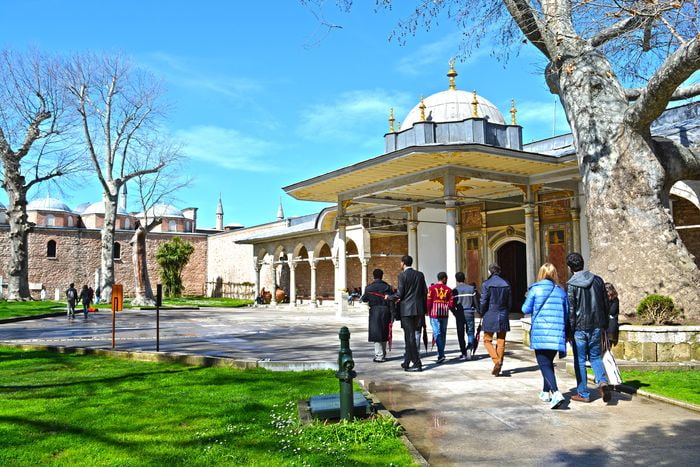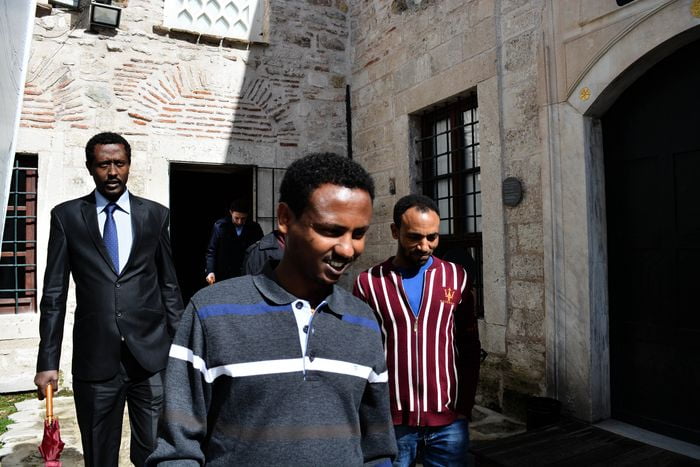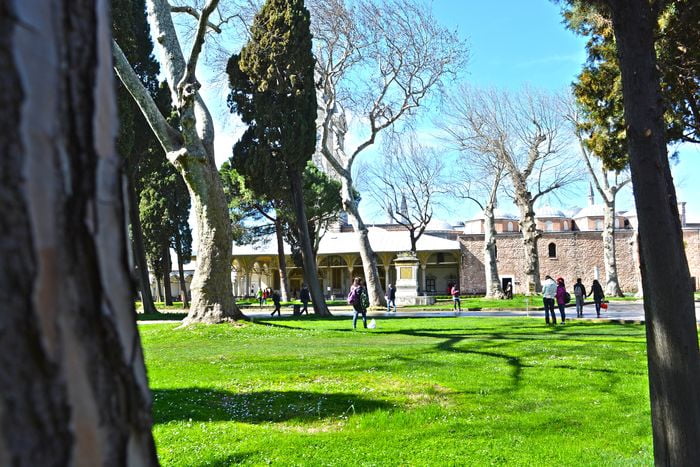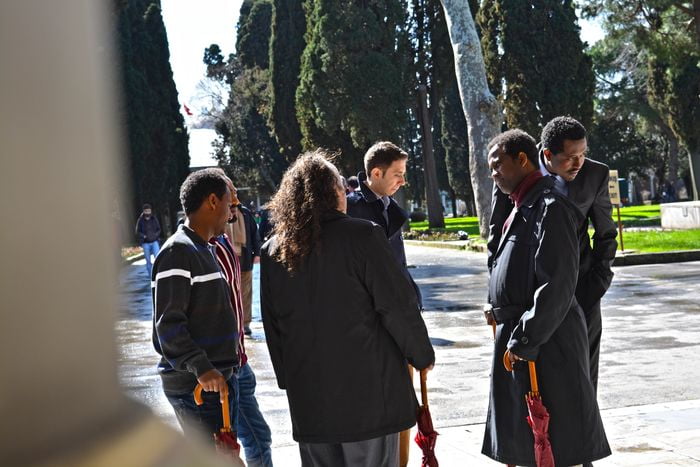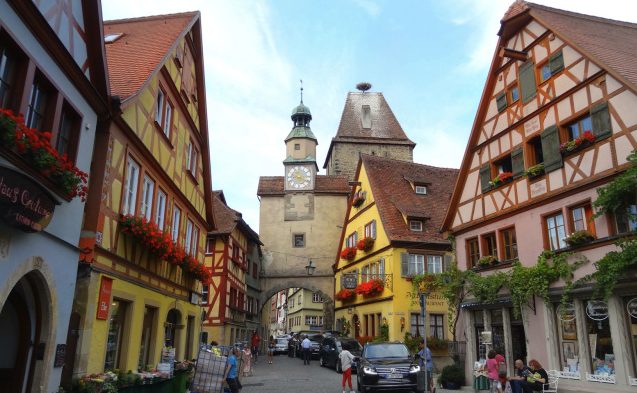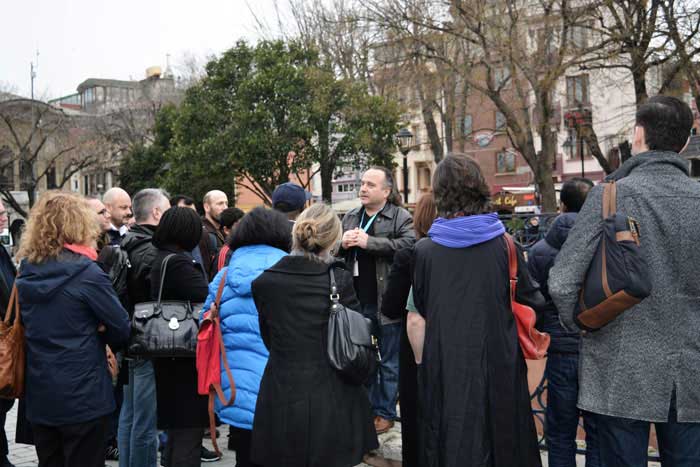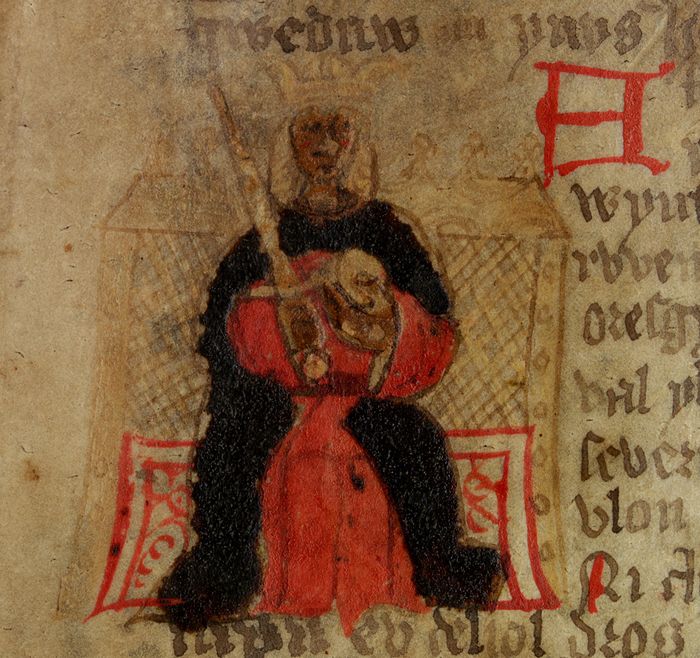Monasteries were destroyed, made into barracks, or secularized. Lachanodraco, governor of the Thracian Theme, seems to have exceeded Copronymus in his ribaldry and injustice. He collected a number of monks into a plain, clothed them with white, presented them with wives, and forced them to choose between marriage and loss of eyesight. He sold the property of the monasteries, and sent the price to the Emperor.Copronymus publicly thanked him, and commended his example to other governors.
(Harnack. History of Dogma, Vol. V., p. 325 [Eng. Tr.].)
The clergy obeyed when the decrees were published; but resistance was offered in the ranks of the monks. Many took to flight, some became martyrs. The imperial police stormed the churches, and destroyed those images and pictures that had not been secured. The iconoclastic zeal by no means sprang from enthusiasm for divine service in spirit and in truth. The Emperor now also directly attacked the monks; he meant to extirpate the hated order, and to overthrow the throne of Peter. We see how the idea of an absolute military state rose powerfully in Constantinople; how it strove to establish itself by brute force.
Arsenals and barracks
The Emperor, according to trustworthy evidence, made the inhabitants of the city swear that they would henceforth worship no image, and give up all intercourse with monks. Cloisters were turned into arsenals and barracks, relics were hurled into the sea, and the monks, as far as possible, secularized. And the politically far-seeing Emperor, at the same time entered into correspondence with France (Synod of Gentilly, A.D. 767), and sought to win Pepin. History seemed to have suffered a violent rupture, a new era was dawning which should supersede the history of the Church.
But the Church was too powerful, and the Emperor was not even master of Oriental Christendom, but only of part of it. The orthodox Patriarchs of the East (under the rule of Islam) declared against the iconoclastic movement, and a Church without monks or pictures, in schism with the other orthodox Churches, was a nonentity. A spiritual reformer was wanting. Thus the great reaction set in after the death of the Emperor (A.D. 775), the ablest ruler Constantinople had seen for a long time.
This is not the place to describe how it was inaugurated and cautiously carried out by the skilful policy of the Empress Irene; cautiously, for a generation had already grown up that was accustomed to the cultus without images. An important part was played by the miracles performed by the re-emerging relics and pictures. But the lower classes had always been really favourable to them; only the army and the not inconsiderable number of bishops who were of the school of Constantine had to be carefully handled.
Read More about Apologia of St John Damascene Against those who Decry Holy Images Part 8
